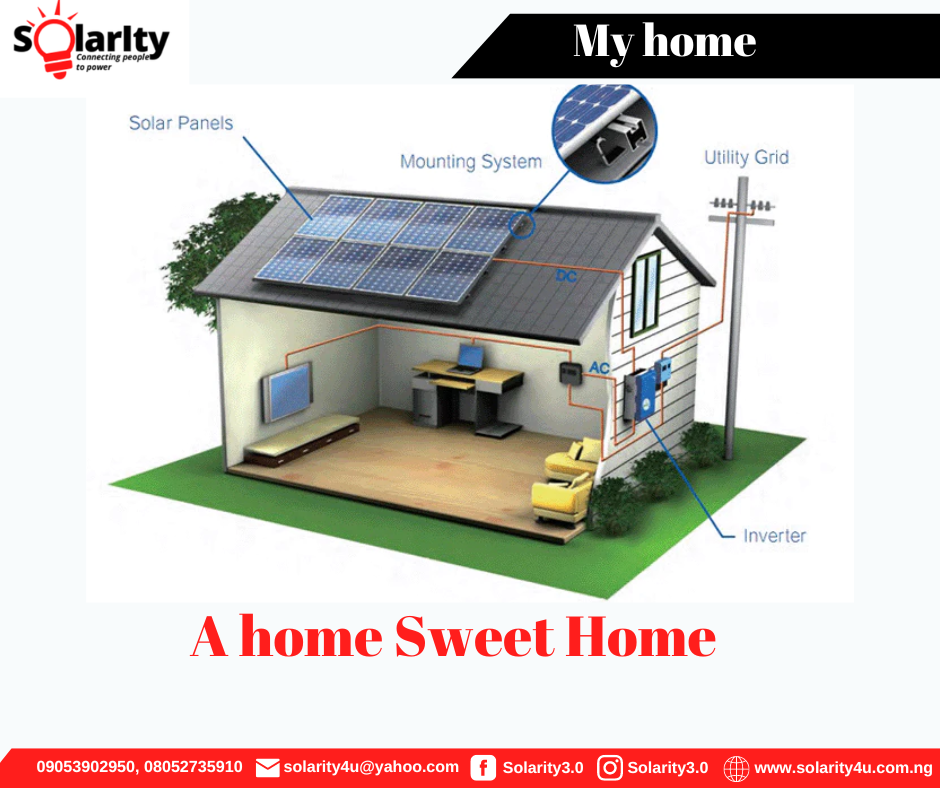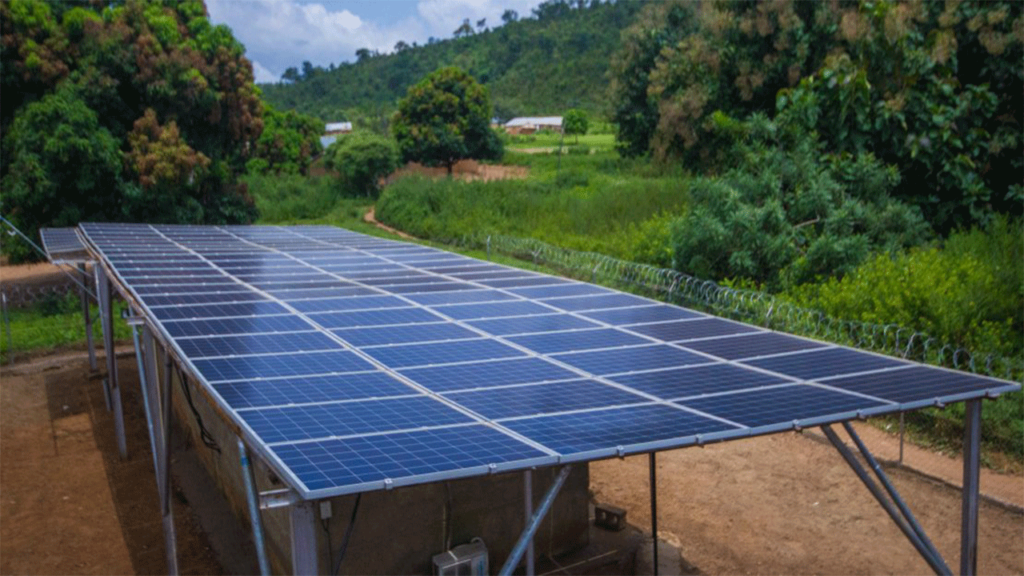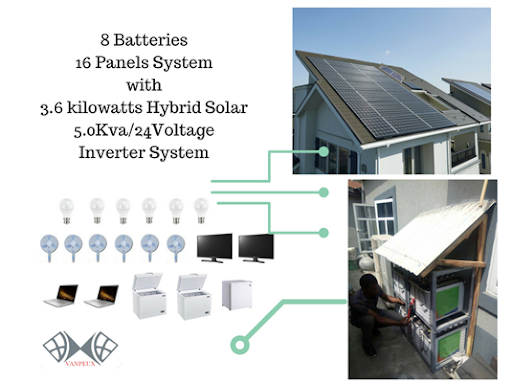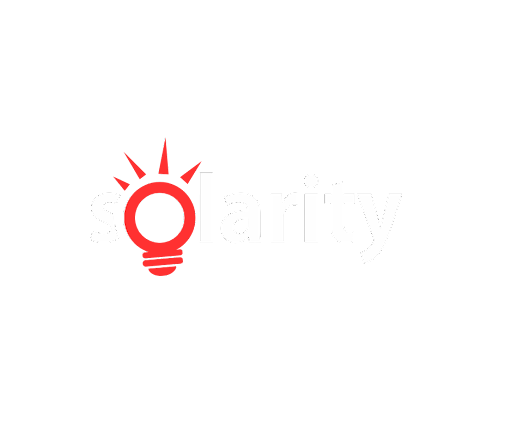In today’s rapidly evolving world, the need for sustainable and resilient energy solutions has become increasingly apparent. As the global population grows, so does the demand for electricity. However, traditional energy sources are not only limited but also contribute to environmental degradation. To address these challenges, the integration of solar energy with energy storage systems has emerged as a powerful solution. In this blog, we will explore how accelerating the adoption of solar+storage technologies can not only boost energy efficiency but also enhance resilience in our communities.

Enhancing Energy
Efficiency: Solar energy is a clean and renewable source of power that utilizes sunlight to generate electricity. By harnessing this abundant resource, businesses and homeowners can significantly reduce their reliance on conventional fossil fuel-based energy sources. Solar panels convert sunlight into electricity, providing a sustainable and cost-effective alternative. However, solar energy production is intermittent and dependent on daylight availability. This is where energy storage systems come into play.

Energy storage systems, such as batteries, allow excess solar energy to be stored for later use. By pairing solar with storage, the generated electricity can be stored during periods of peak production and utilized during times of high energy demand or when sunlight is limited. This combination ensures a more consistent and reliable energy supply, thereby enhancing overall energy efficiency.

Boosting Resilience
Resilience is a critical aspect of modern energy systems, especially in the face of natural disasters, grid failures, or disruptions caused by unforeseen events. Solar+storage systems offer a unique solution by providing a decentralized and independent energy source that can operate “off-grid” or in conjunction with the existing power grid.
During power outages or emergencies, solar+storage systems can continue to power critical infrastructure, homes, and businesses. By storing excess solar energy, these systems provide a reliable backup source, ensuring that essential services, such as hospitals, emergency response centers, and communication networks, remain operational. Additionally, in areas prone to extreme weather events, solar+storage can act as a resilient solution, minimizing the impact of prolonged energy disruptions on communities.
Furthermore, solar+storage technologies empower individuals and communities to take control of their energy supply. By generating clean electricity on-site and storing it for later use, they are less susceptible to price fluctuations and disruptions caused by external factors. This energy independence fosters community resilience and reduces reliance on centralized power systems.
Accelerating Adoption
To fully unlock the potential of solar+storage systems, it is crucial to accelerate their adoption. This can be achieved through various means:
Incentives and Policies: Governments and regulatory bodies can implement supportive policies, such as tax credits, grants, and feed-in tariffs, to encourage the deployment of solar+storage systems. These measures make the technology more accessible and financially viable for homeowners, businesses, and communities.
Innovation and Research: Continued investment in research and development is key to driving technological advancements, increasing efficiency, and reducing costs associated with solar+storage systems. Collaboration between academia, industry, and government entities can spur innovation and accelerate the adoption of these technologies.
Public Awareness and Education: Informing and educating the public about the benefits of solar+storage is essential. Awareness campaigns, community workshops, and partnerships with local organizations can help disseminate knowledge and promote the advantages of these systems.
Conclusion: Accelerating the adoption of solar+storage technologies is crucial for building a more efficient and resilient energy future. By integrating solar energy with energy storage systems, we can maximize the utilization of clean and renewable power sources, reduce dependence on fossil fuels, and enhance community resilience. Governments, businesses, and individuals must collaborate to remove barriers, foster innovation, and promote widespread adoption of solar+storage systems. Together, we can create a sustainable and resilient energy landscape that benefits both

What are the pros and cons of solar lights?
Let’s explore the benefits and drawbacks of solar lights to help you make an informed decision. Solar lights are eco-friendly, cost-effective, and easy to maintain. Consider your specific requirements, and choose solar lights that align with your preferences and outdoor aesthetics. Pros of Solar Powered Landscape Lights No Electrical Connection
How can I choose the right solar lights?
Choosing the right solar lights involves considering several factors to ensure they meet your specific needs. Here are some steps to guide you: Purpose and Location: Determine the purpose of the solar lights. Are you lighting a pathway, garden, patio, or driveway? Different areas require varying levels of brightness and
10 Strategies for Maximizing the Impact of Solar Lights
Let’s explore some strategies for maximizing the impact of solar lights. Solar lights are a fantastic choice for illuminating outdoor spaces while minimizing energy consumption. Here are ten strategies to consider: Solar Energy Integration: Leverage solar panels to harness sunlight and convert it into electricity. Install solar lights in key
Exploring the Impact of Solar Lights on Olalenge ‘s Family
The Olalenge family, living in a rural Nigerian village called Okeho, faced challenges due to limited access to reliable lighting. When they first moved into their new home, they relied on a single, smoky kerosene lamp for illumination. After sunset, their activities were shrouded in relative darkness. ABIKE OLALENGE, along
What Impact Did Solar Lights Have on Kelly’s Family?
Kelly’s family, living in a rural Nigerian village called Okeho, faced challenges due to limited access to reliable lighting. When they first moved into their new home, they relied on a single, smoky kerosene lamp for illumination. After sunset, their activities were shrouded in relative darkness. Kelly Olawale, along with
What is an inverter—solarity?
An inverter is an electronic device that converts direct current (DC) electricity into alternating current (AC) electricity. Inverters are commonly used in various applications, including renewable energy systems, uninterruptible power supplies (UPS), electric vehicles, and portable electronics. Let me explain further: DC Power: Direct current (DC) is the type of
